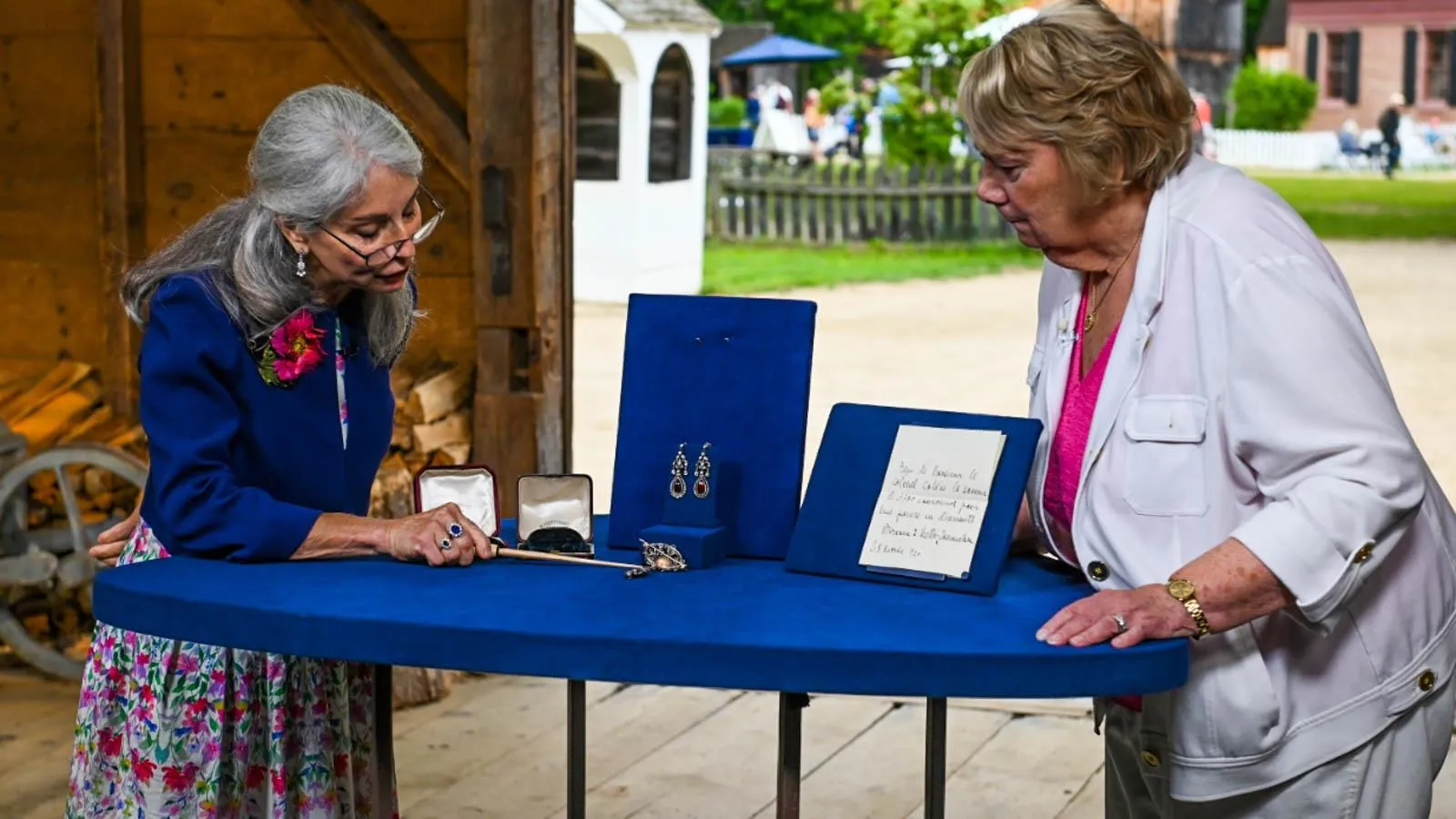GUEST: I have a Civil War presentation sword I acquired in about 2010 from my grandmother. Gustavus Stanley was an officer, fought in three different regiments, but the last one was the 2nd Cavalry, Maine. After his death, the sword and a lot of the documents from the company were sent back home to my family in Maine, where it's been for years.
APPRAISER: So you brought us a Civil War presentation cavalry officer saber. And it's a presentation to him by the, the men of Company F, 2nd Maine Cavalry.
GUEST: Yeah.
APPRAISER: He's in Illinois. He joins the 8th Illinois Cavalry. He got scooped up by Lee's men May 5, 1862. So you'd think he'd go to a prison camp, right?
GUEST: Right.
APPRAISER: They didn't really have a good method of dealing with prisoners at the beginning of the Civil War. There was a system of parole, where essentially…
GUEST: Yeah.
APPRAISER: …you would swear to go home, behave yourself, don't take part in military activities, which made it a lot easier on both sides taking prisoners, because they didn't have to feed them and clothe them. So he goes home. Home is in Maine. So when he's called back to service, he ends up a captain in Company B, 28th Maine Infantry, they go down to the Gulf. He's captured again.
GUEST: (chuckles)
APPRAISER: So, he's in trouble again. He gets paroled, goes home, and comes back with 2nd Maine Cavalry in 1863. Now, the sword itself. It's
beautiful. It's in good condition. What we see here is a nice acid etch engraving on the blade. You have a federal eagle on the reverse side. And we know that it is a German-made sword because the maker's mark on the ricasso is by the firm of Clauberg, out of Solingen, Germany. A retail price for this sword would be between $8,000 and $10,000.
GUEST: Oh, wow. Wow, that's great.
APPRAISER: This gentleman saw a lot of, a lot of Civil War service, but he couldn't quite seem to stay out of trouble.
GUEST (chuckling): No, he could not.



